One of the hardest things about taking a trip to Rome is minimizing the amount of time you have to spend waiting in line outside its amazing attractions. Nowhere is this more true than the Vatican City, a place that has become infamous for its endless lines. But given that there’s so much to see in the Vatican, especially within the Vatican Museums and Sistine Chapel, it’s not somewhere you want to miss out on, either.
The good news is that there are ways to get your tickets to the Vatican Museums and Sistine Chapel without all that standing around. All it takes is a little bit of planning to save yourself a whole lot of hassle and make the most of your visit. Better yet, you’ll be freeing up more time for seeing Rome’s other sights, like the Colosseum and the Pantheon. Here’s what you need to know about getting your Vatican Museums and Sistine Chapel tickets.
Quick Answer – How to Buy Tickets to the Vatican Museums and Sistine Chapel: Unless you like spending your vacation waiting in long lines, we highly recommended you either book your skip-the-line Vatican tickets in advance here or book a guided tour of the Vatican. Out of these two, the guided tour is the better option as you not only get to skip the long lines, you also get to learn about the history of one of the holiest sites in Christendom from an expert guide.
Best Ways to Get Tickets to the Vatican Museums and Sistine Chapel
Because there is just so much to see and do there and a whole range of different ways to visit, you have several options for buying tickets to the Vatican. Working out which tickets you’ll want for your visit and the best way to get them can be tricky, so below we’ve laid out the options for you.
1. Lining Up (Not Recommended)
Unless you really enjoy standing in lines, waiting to buy your tickets to the Sistine Chapel and Vatican Museums when you arrive at the Vatican is the worst option you could go with. Lines to enter these attractions are notoriously long and slow. Visitors will typically wait between one and three hours just to get in, while a four-hour wait isn’t unheard of. You really should only do this if you run out of all other options.
2. Booking Online
A much quicker and less stressful approach to securing tickets to the Vatican City is to book your tickets in advance online. Not only do you guarantee yourself entry on the day of your choosing, you’re also getting a skip-the-line Vatican ticket that will allow you to walk right through to the security check.
While it’s possible to purchase tickets through the official Vatican website, there are a couple reasons why it’s not your best option. Tickets can be booked on this site no more than 60 days in advance, which isn’t helpful for long-term planning. It’s also not possible to cancel tickets, only change dates or names.
This is why we recommend getting your tickets through this link. Not only is there no window on booking tickets, you can cancel up to 24 hours in advance to receive a full refund. Plus, there’s virtually no price difference when factoring in the audio guide and €4 skip-the-line reservation fee that the official website charges.
If you want to explore these attractions before the crowds arrive, it is also possible to buy early access tickets to the Vatican Museums and Sistine Chapel. This ticket allows you to enter a full hour before regular admission starts at 8:30 a.m., and you don’t even need a guided tour to do it. You do have to pay extra for the privilege, however.
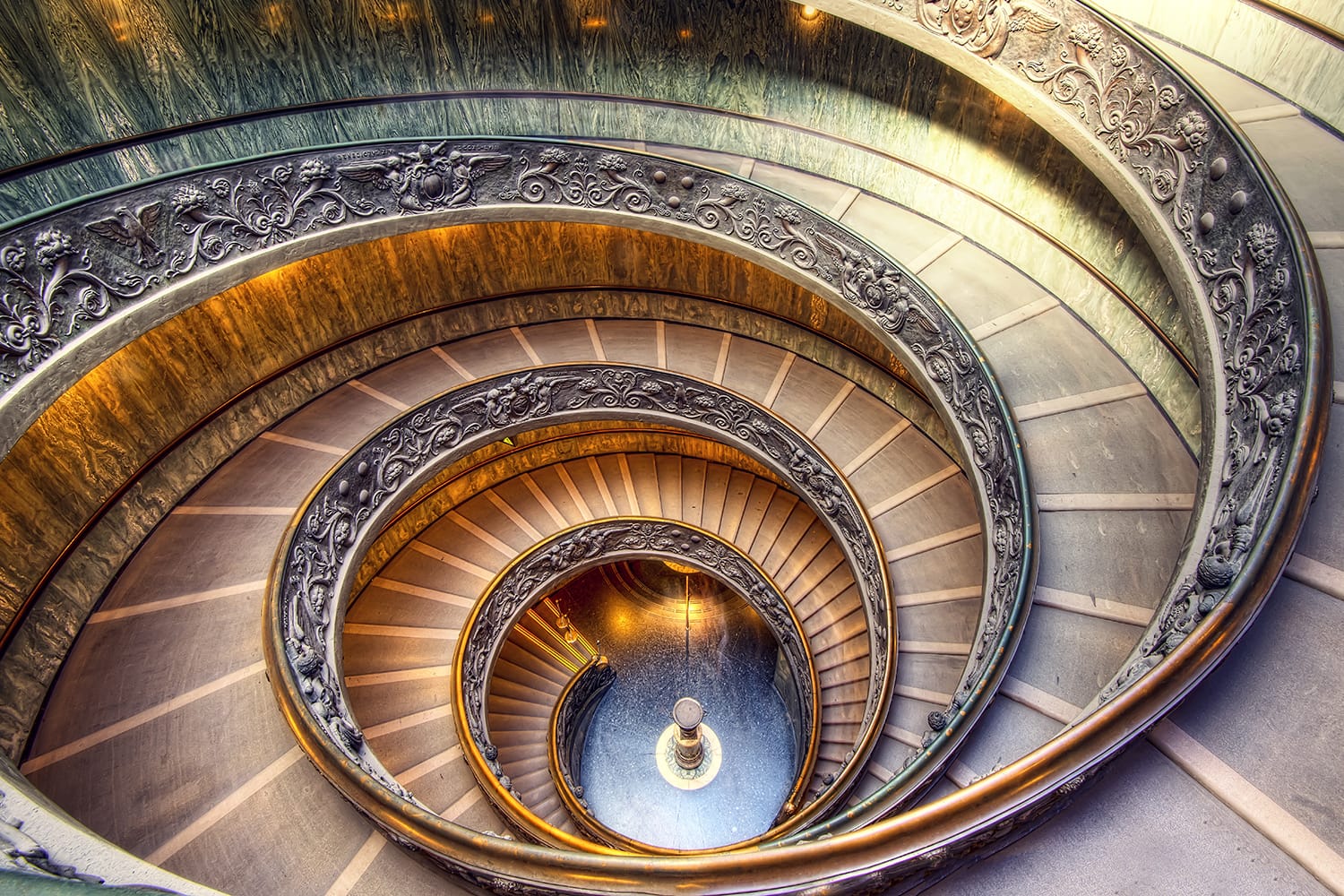
3. Booking a Guided Tour (Recommended)
To get the full experience of what the Vatican has to offer tourists, there’s no beating a guided tour. A tour of the Vatican City will enable you to understand what you’re seeing and the deep significance behind it. You’ll also be able to skip the lines outside.
The standard tour that most visitors take runs for around three hours and usually has between 20 and 40 people in the group. Your tour guide will take you through the Vatican Museums, Sistine Chapel, and St. Peter’s Basilica, explaining their history and importance through a headset.
If you’re looking for a more personalized experience, you may want to consider booking this private tour instead. With a private tour, you can focus more on what interests you and freely ask your guide questions as you go.
For a different spin on your visit, why not try a tour at night? This kind of tour is only available on Fridays during the warmer months, from mid-April to the end of October. It gives you access to the same places you see with the regular Vatican tour tickets, just in a much more peaceful small-group setting, with very few other people around.
To summarize, here all the different Vatican tours* available:
*All tours include the Vatican Museums, the Sistine Chapel, and the St. Peter’s Basilica.
4. Purchasing a Rome Tourist Pass
Those looking to do a lot of sightseeing around Rome beyond the Vatican City may want to look into the different city passes on offer. Like the ones for other major tourist destinations, these passes help make sightseeing simpler and cheaper when used to their fullest. City passes typically bundle free admission or discounted entry to common tourist attractions with tours or public transport to provide tourists with a way to save money.
The most common city pass in Rome is the Roma Pass. It provides free admission or discounts to many major tourist attractions around the city, plus free travel on public transport. It gives you free admission to two of the following: Capitoline Museums, Castel Sant’Angelo, the Colosseum, and the Palatine Hill, and the Roman Forum. The downside is that the Roma Pass doesn’t directly help you visit the Vatican City.
Instead, visitors should look at the Omnia Card + Roma Pass bundle. Not only does it come with all the benefits of the Roma Pass, it also provides fast-track entry to attractions in the Vatican City through the Omnia card. This means you get free admission to the Vatican Museums and Sistine Chapel, St. Paul’s Basilica (Outside the Walls) and the St. John Lateran Basilica and Cloister. It’s basically a comprehensive pass to both the Vatican City and Rome.
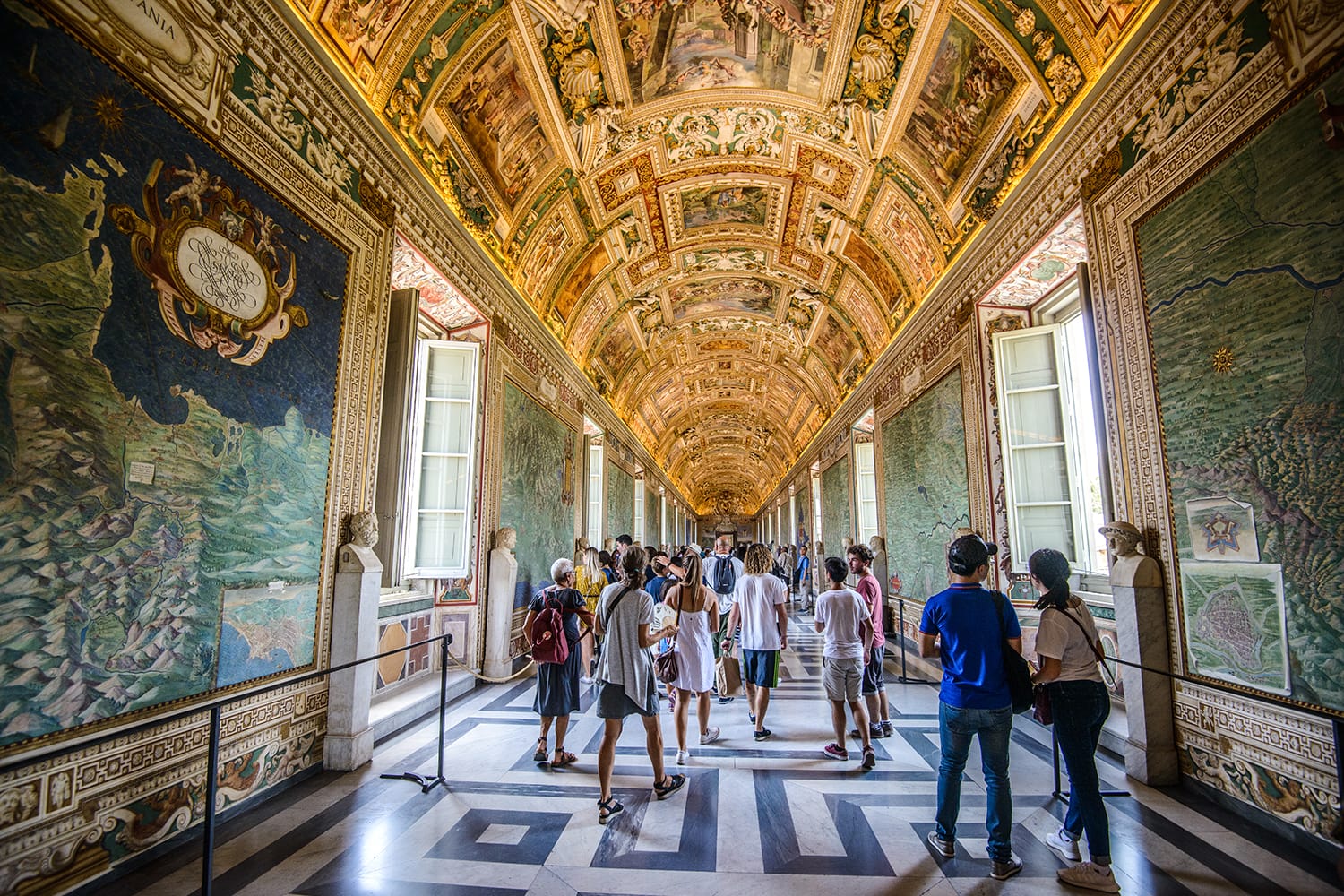
Useful Information for Visiting the Vatican Museums and Sistine Chapel
How Much Do Tickets for the Vatican Cost?
Vatican Museum tickets start at €17 for adults, while tickets for children aged 6 to 18 and students up to 25 years old with a student identity card cost €8. These prices are for tickets bought on-site after lining up.
Audio guides cost an extra €7, with special ones for children aged 6 to 12 costing €5. Skip-the-line bookings made in advance through the official website incur a €4 reservation fee. Guided tours, exclusive sections, and out-of-hour visits cost more.
An exception to all of this is the last Sunday of each month when the museums are open for free to the public.
Vatican Hours of Operation
The Vatican Museums and Sistine Chapel are open from Monday to Saturday, as well as the last Sunday of every month. They’re generally open from 9:00 a.m. to 6:00 p.m. Final entry is always two hours before closing time.
The museums are closed on the following days: January 1, January 6, February 11, March 19, April 5, May 1, June 29, July 25, August 16, August 29, November 1, November 28, December 8, and December 25–26.
For summer 2021, there will be special operating hours following the Vatican’s reopening on May 3: Monday to Thursday: 8:30 a.m. – 6:30 p.m., Friday and Saturday: 8:30 a.m. – 8:00 p.m.
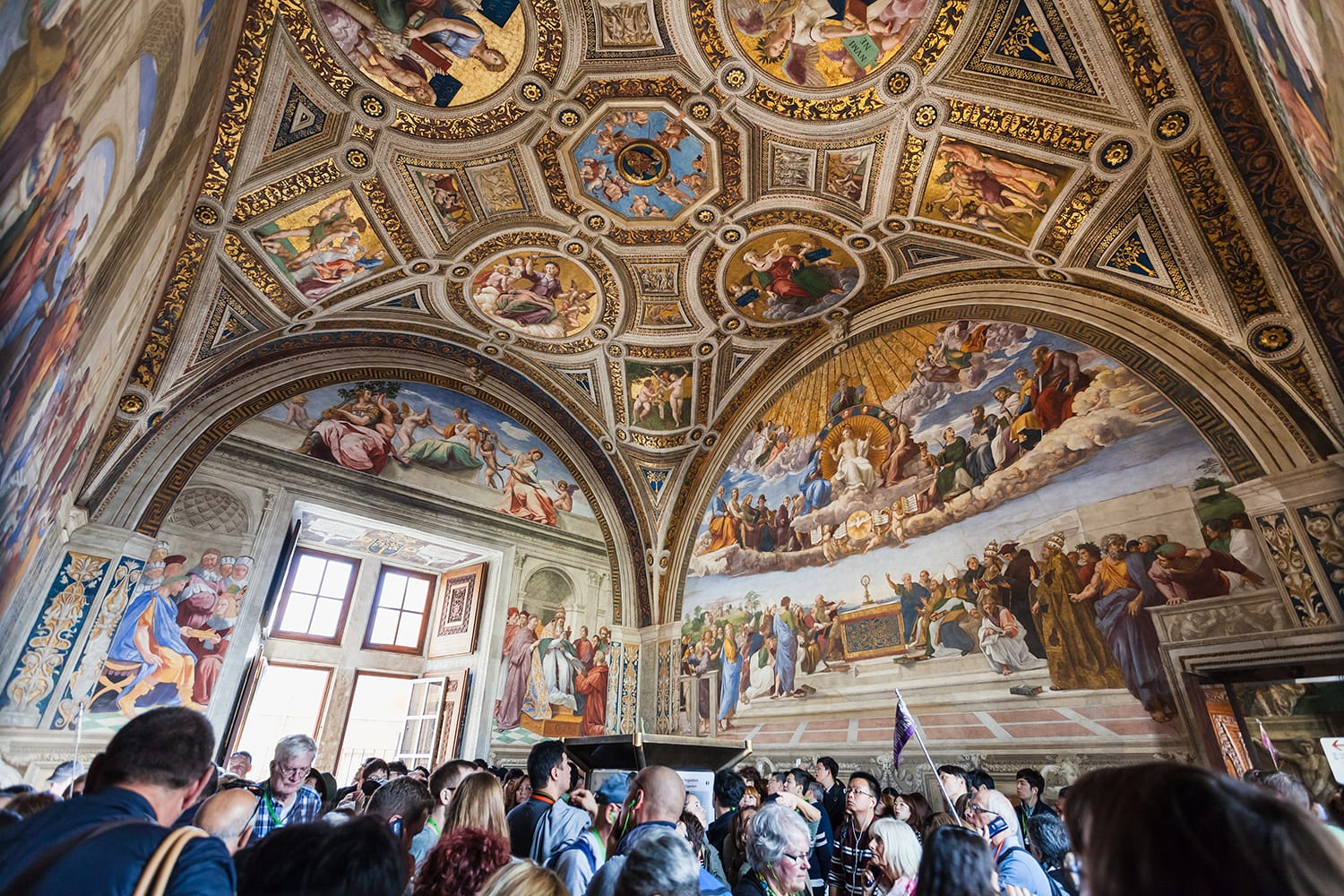
Best Time to Visit the Vatican Museums and Sistine Chapel
Just as some ways are better to get your Vatican Museum tickets than others, some times are better to visit than others. Generally speaking, you’ll find the Vatican at its quietest from November through February, when there are fewer tourists around. You’ll want to avoid the Christmas and Easter periods, as it tends to get busier around religious holidays.
If you don’t opt for an out-of-hours tour, try to start your visit as early as possible. Alternatively, you can wait until the late afternoon once many of the tour buses have rolled out, leaving slightly shorter lines and things a little quieter in their wake.
As for days of the week, it’s best to avoid Saturdays, typically the busiest day, followed by Fridays and Mondays when the number of people visiting for a city-break weekend can surge. Because of the Papal Audience that takes place most Wednesdays, that day can also have an increased number of visitors. That leaves Tuesdays and Thursdays as the best times to visit.
How to Get to the Vatican City
Getting to the Vatican City is quite easy, but it will depend on where you’re coming from. To put things into perspective, the Vatican is around two kilometers (just over one mile) from the Trevi Fountain and over three kilometers (just under two miles) from the Colosseum. This means it’s within walking distance of these popular attractions.
There are also public transport options for reaching the Vatican. The 40 and 64 buses run from Roma Termini (the city’s main train station) through the city center to just outside the Vatican. A quicker option to get from Roma Termini, though, is to take the Line A Metro to Ottaviano-S. Pietro station and walk from there.
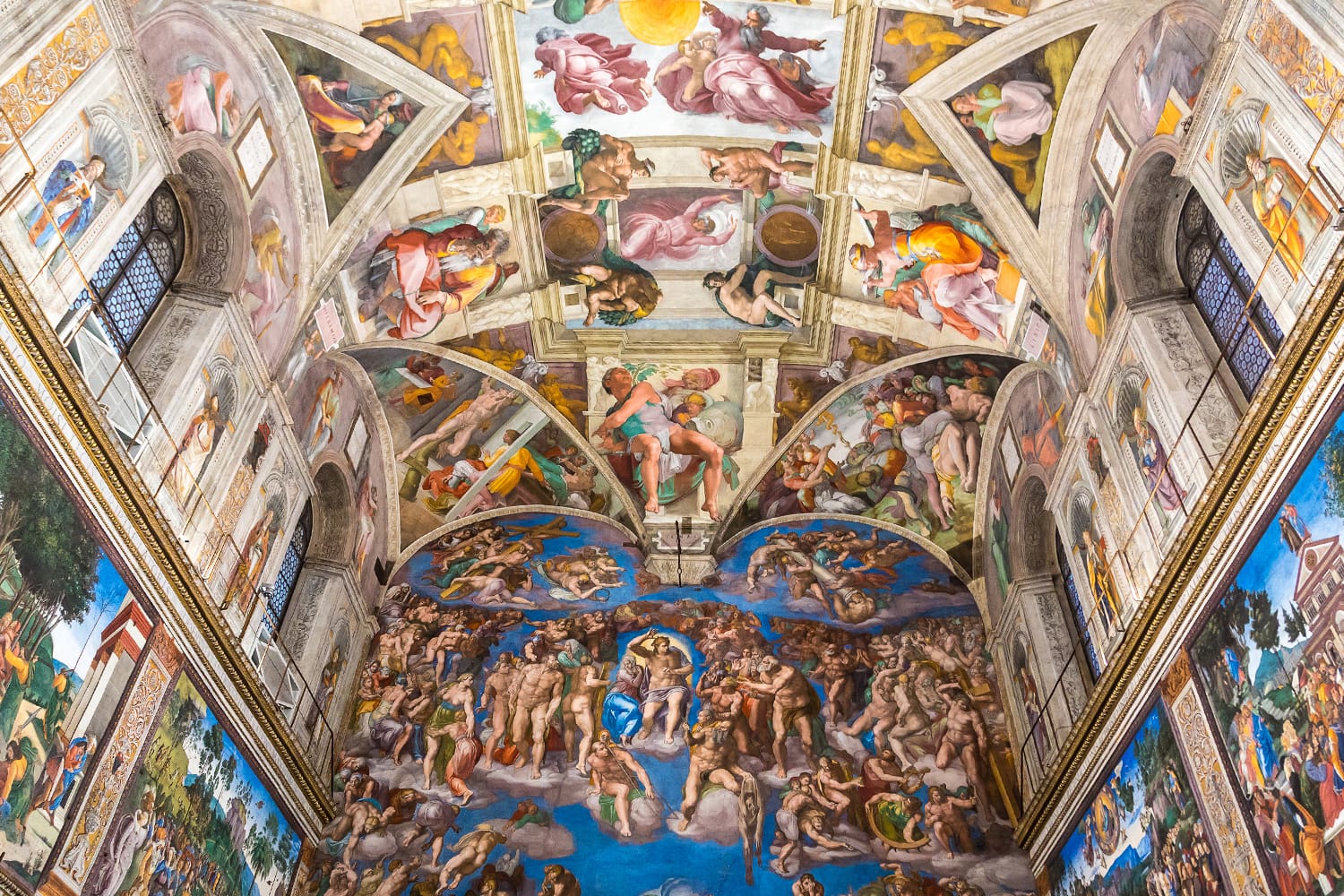
Security Process at the Vatican Museums and Sistine Chapel
No matter which Vatican Museum ticket you buy or how you book it, all visitors are required to go through security before entering the Vatican Museums and Sistine Chapel. The good news is that the line for security is nothing compared to purchasing your tickets on-site and should take just a few minutes.
For a smooth process through security, it’s worth knowing the rules and what you can and cannot bring in with you. Perhaps the big one to be aware of is the dress code. Because this is a place of worship, visitors are required to be respectfully dressed, which means no sleeveless or low-cut tops, no shorts or skirts above the knee, and no hats.
Any luggage, large bags, large umbrellas, camera tripods, or signs must be stored in the cloakroom before entering the museum exhibits. Consumption of alcohol, food and drinks is prohibited within the museum and must be stored in the cloakroom as well. Use of the cloakroom is free of charge.
Hotels Near the Vatican City
If visiting the Vatican City and its attractions is a high priority for you, then you may want to pick somewhere close by to stay. Even though you won’t have any trouble getting to the Vatican from elsewhere in Rome, here are some hotels nearby just in case.
With its prime location and grand furnishings, Starhotels Michelangelo Rome is ideal for a luxurious stay near the Vatican. This four-star hotel is mere minutes by foot from Saint Peter’s Square and offers elegant rooms and suites.
Those looking for somewhere more mid-range should turn their attention to Residenza Palline. Still nice and close at just 500 meters (under a half mile) from the Vatican, this guesthouse provides a bright and comfortable place with all the amenities you could need.
You can also check Airbnb for places to stay. Get up to $55 off your next Airbnb booking if you use our link.
There really aren’t many true budget places immediately around the Vatican, with Vatican Vanity likely the most affordable option. This small guesthouse in the Prati district provides freshly decorated private rooms and a few communal facilities like a fridge and coffee machine.
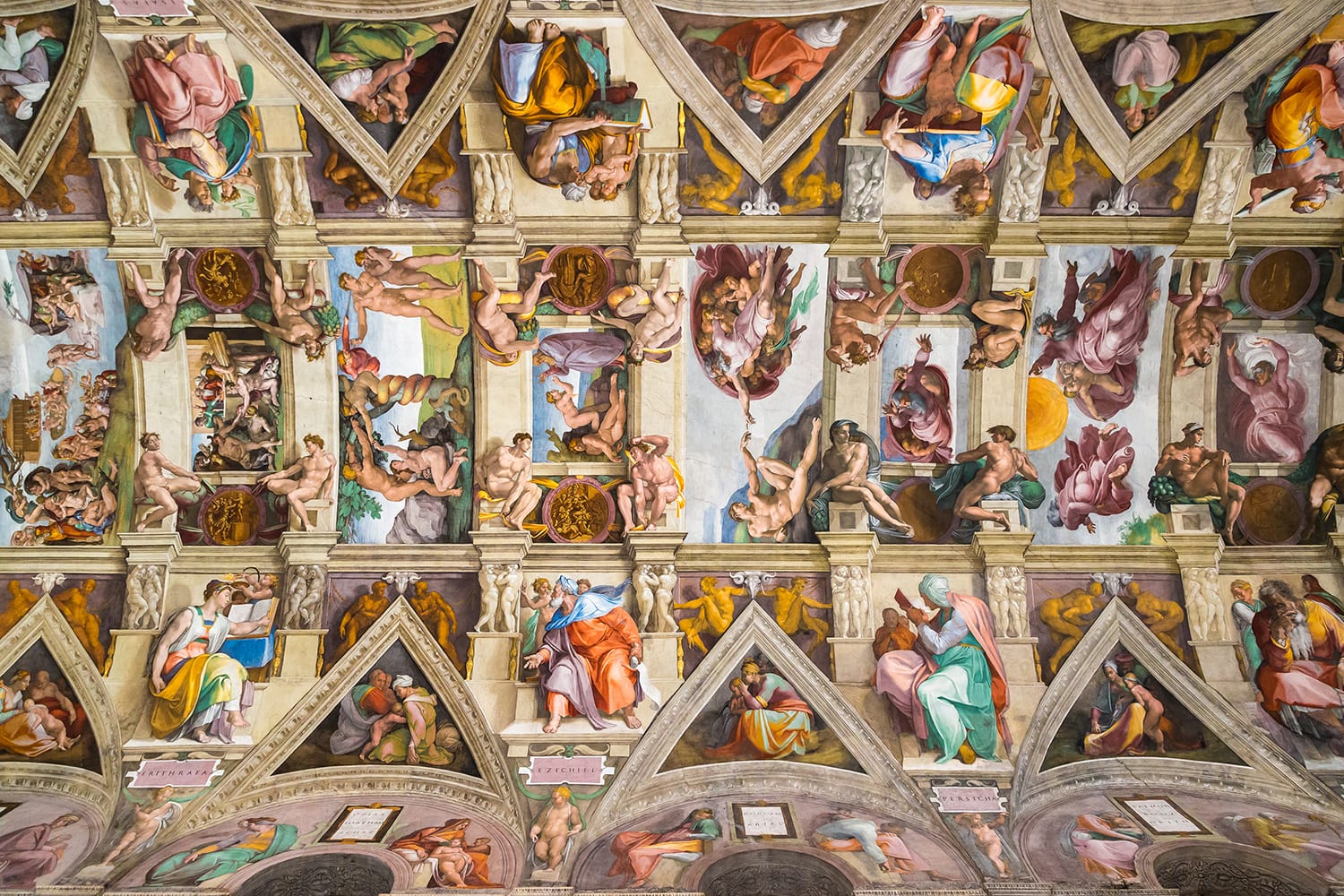
Facts About the Vatican and Sistine Chapel
The best way to properly learn about the Sistine Chapel and Vatican City is with a guided tour or good guidebook, but we’re happy to share a few basic facts to get you started.
Is the Vatican City in Italy?
Although completely surrounded by the city of Rome and Italy, the Vatican City actually belongs to its own sovereign country called the Vatican City State.
How Many People Live in the Vatican?
As of 2019, the Vatican has a population of 825 people. This includes 453 residents and 372 Vatican citizens, some who live within the city and others who live abroad as diplomats. Not all of the citizens are religious members of the church, as the families of diplomats as well as members of the famous Swiss Guard also live there.
How Old Is the Vatican City?
As an independent territory, the Vatican City State is 92 years old. The Apostolic Palace, where the pope officially resides and where you’ll visit the Vatican Museums and Sistine Chapel, dates back to 1589.
How Long Did It Take to Paint the Sistine Chapel?
The ceiling of the Sistine Chapel was famously painted by the acclaimed Renaissance artist and sculptor Michelangelo. He began painting the ceiling in the spring of 1508 and completed it on October 31, 1512, well over four years later.
Where Does the Pope Actually Live?
The official residence of the pope is the Apostolic Palace, otherwise known as the Vatican Palace, which also houses the Vatican Museums and Sistine Chapel. It is within the Papal Apartments of the palace that you’ll find the pope’s bedroom, his private study, and other assorted rooms such as a kitchen and medical suite.
Now that you have all this information at your fingertips, you should be properly prepared for a memorable time at the Sistine Chapel and Vatican Museums. You’ll surely be glad you planned ahead when you see the lines there, that’s for sure.
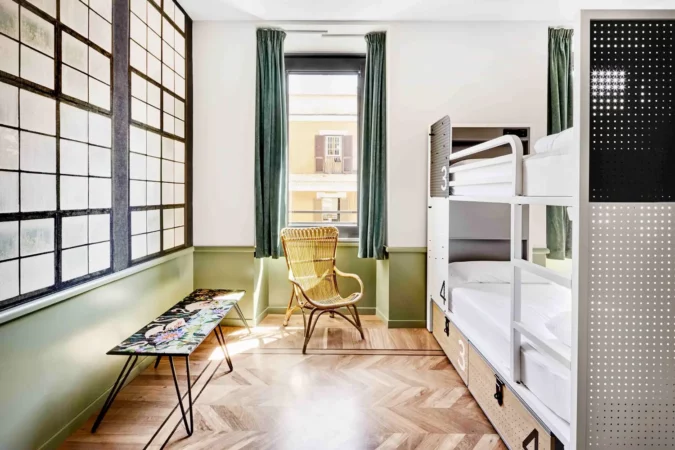
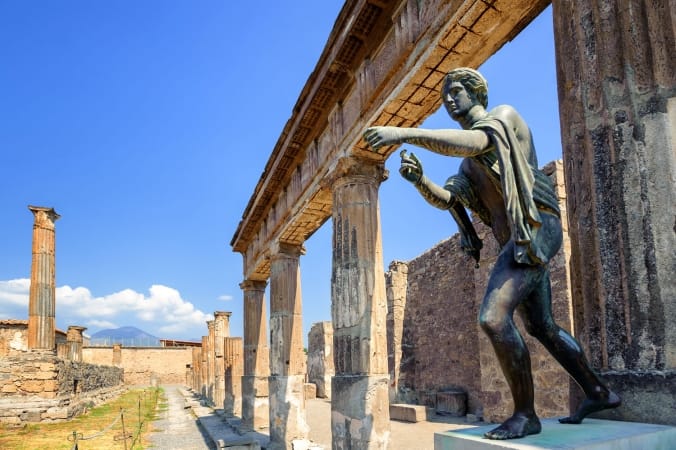

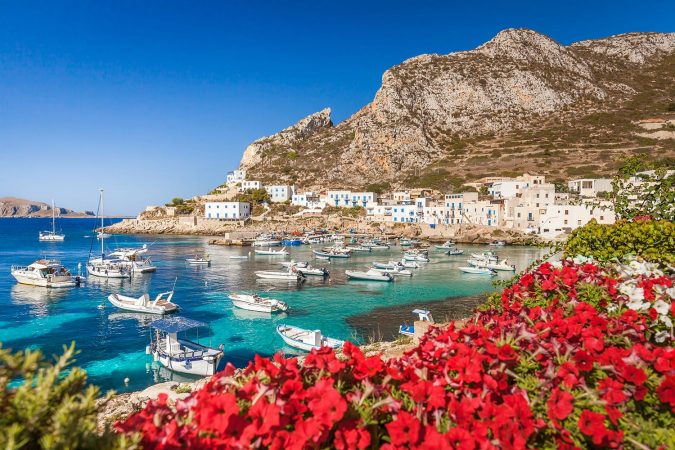
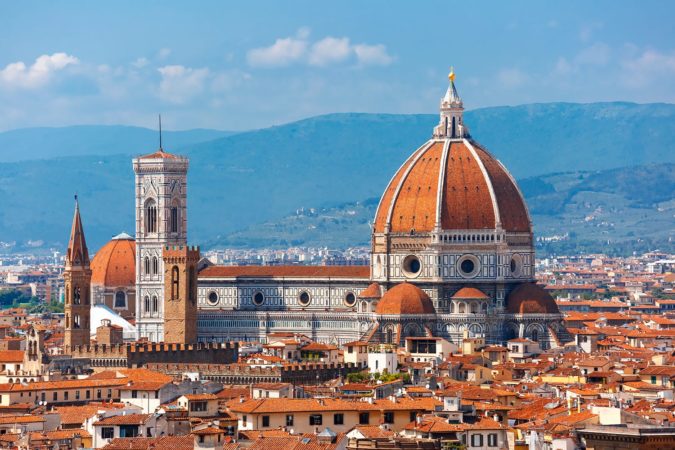
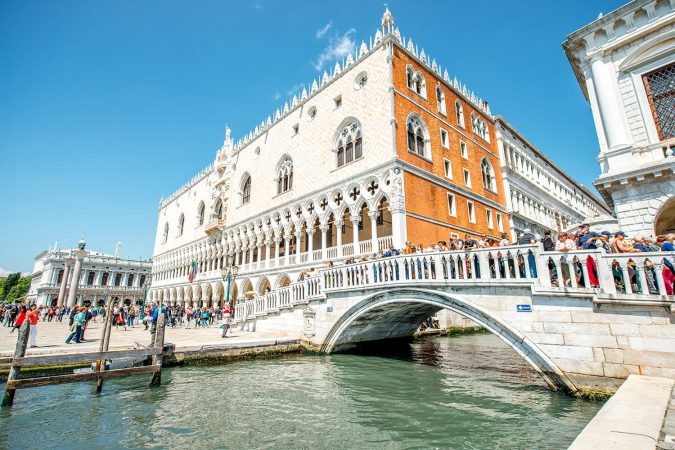

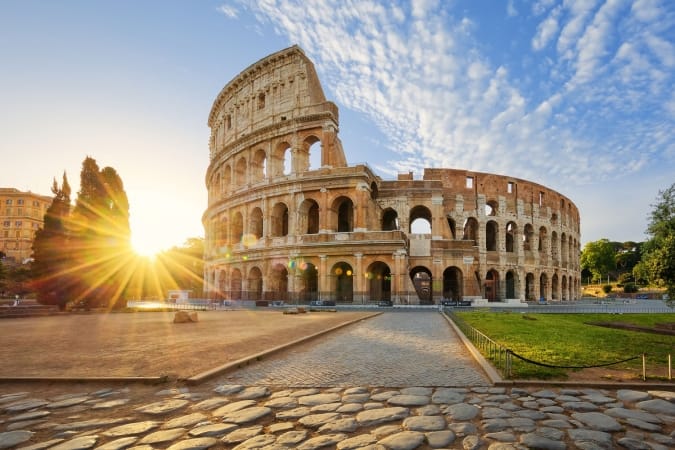
Comments